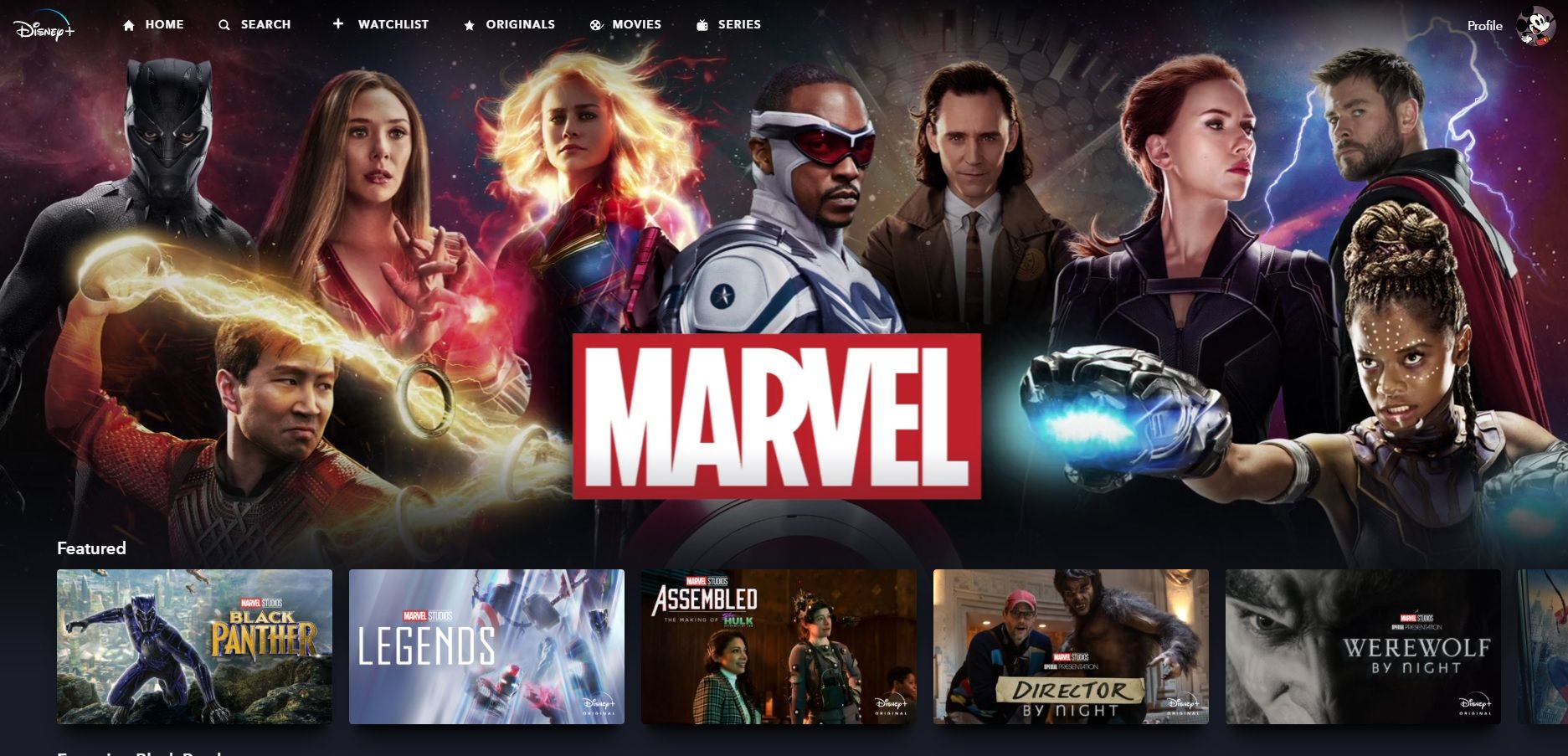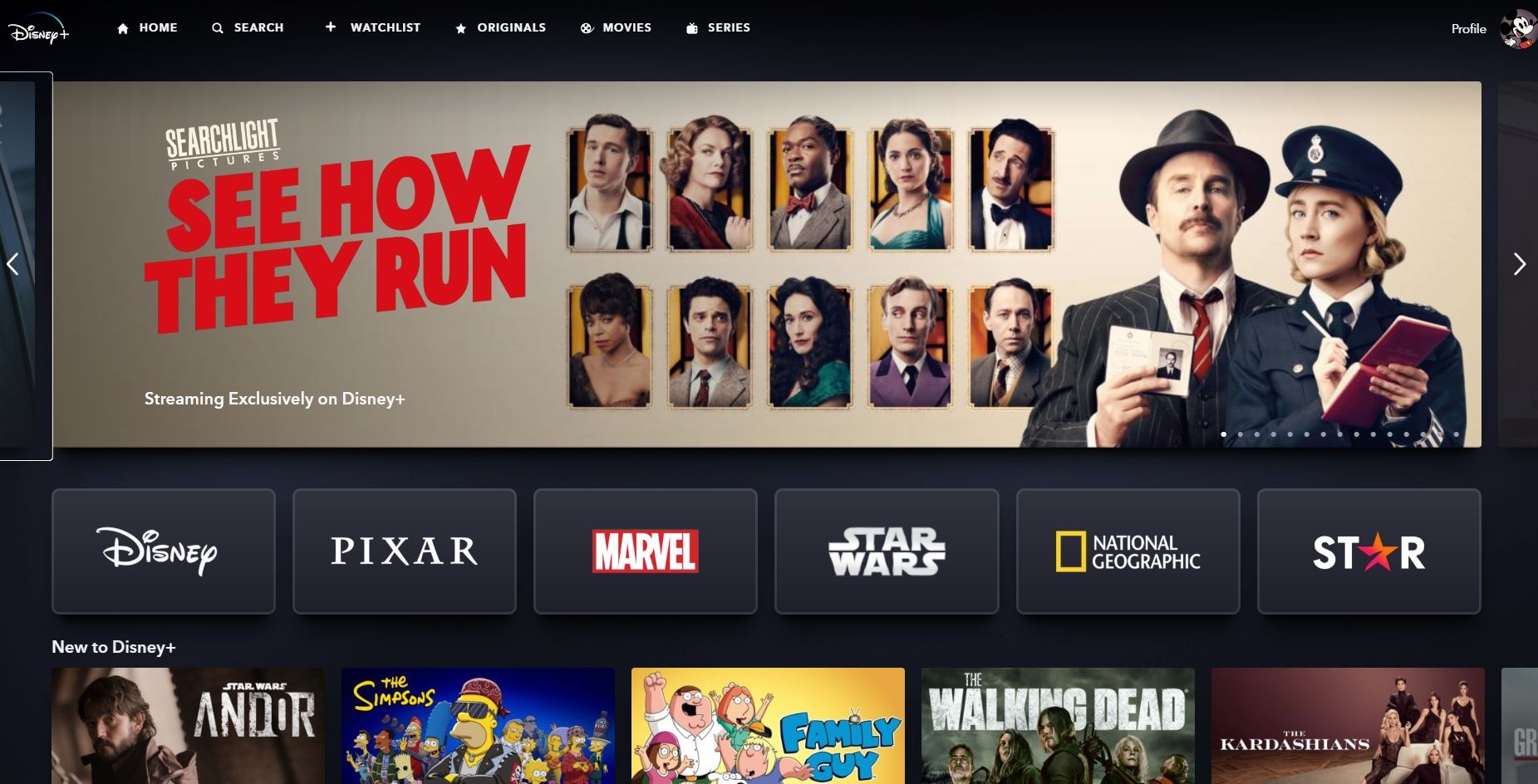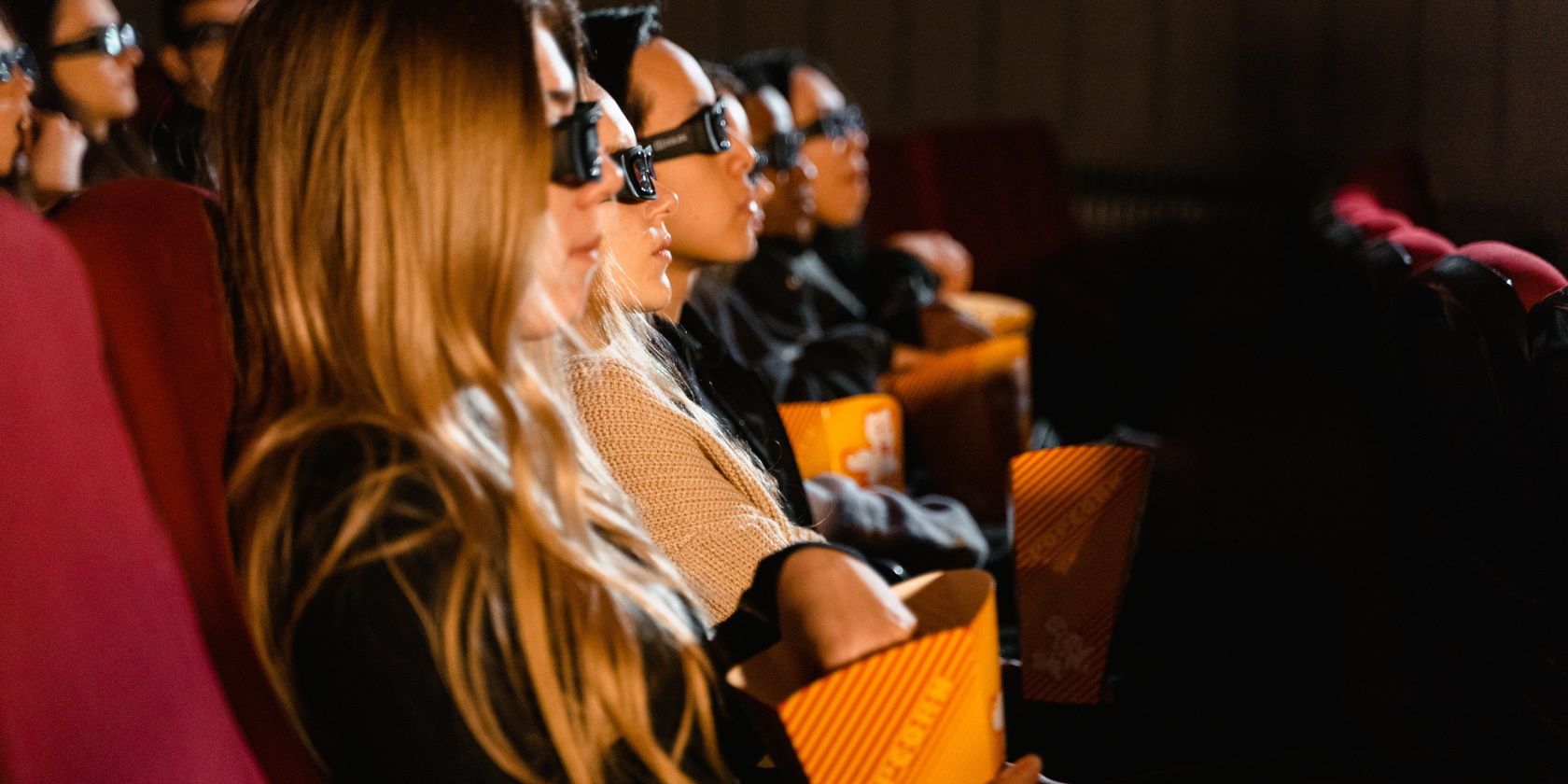Movie theaters are dying. But everyone loves seeing a film on the big screen, right? So why exactly are cinemas in such a dire situation?
The obvious answer is that people simply aren’t supporting their local movie theaters. If you want to keep something you love, you’ve got to express it, preferably with feet and cash. But getting to the bottom of why audiences aren’t flocking to cinemas anymore is tricky to understand…
Are Movies No Longer Worth Seeing?
The obvious reason people aren’t visiting their local theaters is that there’s nothing good on. Gone are the days of classics like Citizen Kane, The Sound of Music, and E.T. the Extra-Terrestrial. That doesn’t seem right, does it? Those films remain popular, but every generation has its masterpieces.
If you look at the top-grossing films of all-time, the Top 50 alone is littered with more recent films like Avengers: Endgame, Top Gun: Maverick, Skyfall, The Lion King (both the 2019 and 1994 versions), Zootopia, and The Fate of the Furious. Seven of the Top 10 were made since 2015!
Some will argue that just because a movie is high-grossing doesn’t mean it’s actually good. But how good something is can be judged on many bases, and if you want to save cinemas, then you need something that will bring in big bucks.
With so many films earning more than $1 billion now, audiences clearly think there’s something worth seeing.
Should We Blame Superheroes?
Ask Martin Scorsese about the death of movie theaters and he’ll likely blame superhero movies. “I don’t think they’re cinema,” he memorably said, then further argued that “for anyone who dreams of making movies or who is just starting out, the situation at this moment is brutal and inhospitable to art.”
Indeed, Marvel films occupy a sizable chunk of the top-grossing list, including four Avengers installments, every live-action Spider-Man film, and numerous others like Black Panther. But what Scorsese is zeroing in on here isn’t so much superhero films as franchise films. He has a point: that list also contains Jurassic World, Joker, Star Wars: Episode VII—The Force Awakens, Toy Story 3 and 4, and every Harry Potter.
Many franchise movies appear in Rotten Tomatoes top-rated films too (yes, Paddington is a franchise), but they sit alongside productions conceived as one-offs, like Get Out, Lady Bird, and Dunkirk.
The proliferation of franchises might harm cinema as an art form, potentially affecting independent films, but they don’t seem to be killing theaters themselves. Every industry has tentpoles that prop up the wider landscape financially. That’s why so many books, for instance, are released around Christmastime. Industries then rely on the trickle-down effect to support less-popular titles.
Is Streaming Killing Cinemas?
Then again, why should you support movie theaters when you can watch movies from the comfort of your own home?
That argument has long been made, but is more applicable now, thanks to streaming services. In the past, you could see films many months before they arrived on VHS, DVD, or Blu-ray by visiting the cinema. With the abundance of streaming services, however, that wait has decreased substantially.
Disney+, Netflix, Paramount+, and others have to compete and they do so with original and exclusive content. Often, that means streaming films that were available in theaters just a short time ago—especially in the case of Disney+ which has the monopoly on 20th Century Fox, Pixar, Searchlight Pictures, and more. HBO Max even has same-day premieres!
Glass Onion: A Knives Out Mystery is a prime example. Netflix gained exclusive rights to this, meaning the film enjoyed a substantially limited cinematic release before coming to the service.
Audiences appear to have disconnected from the big-screen experience and are happy enough to wait for streaming platforms to host content. But why might that be…?
Covid Had a Huge Impact on Movies
Lockdowns coming as a result of the Coronavirus pandemic harmed numerous industries. Films and movie theaters were certainly impacted.
Productions typically went on hold. Some were canceled altogether. That has a big knock-on effect.
Cinemas were locked down too, but by the time other places were opening back up, there was a dearth of new films to actually show. Some smart chains replayed old movies, taking a chance on nostalgia to bring audiences back. Others just remained closed until there was enough justification to open. Of course, during that time, theaters still had costs, but no audiences to pass them onto.
The New York Times reports that about 500 screens closed since Covid hit, and more are expected since Cineworld (operator of Regal Cinemas) reported $8.9 billion in net debt.
Audiences are coming back, but not quickly enough to save smaller movie theaters that rely on steady business. Well over a billion tickets were sold annually in North America from 1995 to the year before Covid. 2020’s ticket sales were only 221,763,304, before steadily rising to 492,504,576 in 2021 and over 840,000,000 in 2022.
That sounds a lot, but is dwarfed by 2019’s 1,228,852,681 sales.
And of course, if you’ve no local cinema to attend, you’re even likelier to stay at home and not support that infrastructure.
It’s Cinema’s Fault
You might argue that cinemas aren’t in their death throes but have had to diversify to survive. They typically have more to offer than they did 20 years ago, including IMAX, 3D, and live screenings for stage shows. Some larger chains offer private events too, including the chance for a party to play Nintendo Switch games on the big screen.
And yet it also feels like movie theaters haven’t done enough to survive.
It’s a catch-22 in some regards: they need money to survive and thrive, but to draw people in, they need the best facilities, which they can only afford if audiences support them.
So what do you need from your local cinema? At the bare minimum, they need to cater for all disabilities. Cleanliness is key. The screens should be large and the sound quality and levels just right. The seats need to be comfortable, especially when most movies are over two hours long. The food should be good too.
Then there’s pricing. Some cinephiles won’t mind sticky floors and subpar seating if tickets are cheap. In 1995, the average ticket cost $4.35. In 2022, it cost $9.17. Yes, some places offer cheaper seats, notably during quiet times, but others charge a lot more too.
It’s not good enough to have a monopoly on a location—not in an age when audiences are content with waiting for blockbusters to become available on streaming.
Cinema’s Demise Is Your Fault
There are lots of reasons why people might be staying at home instead, but ultimately, if we want to save movie theaters, we’ve got to give them some love
There are always great movies to look forward to, so if you care about the industry, now is as good a time as any to show support.




